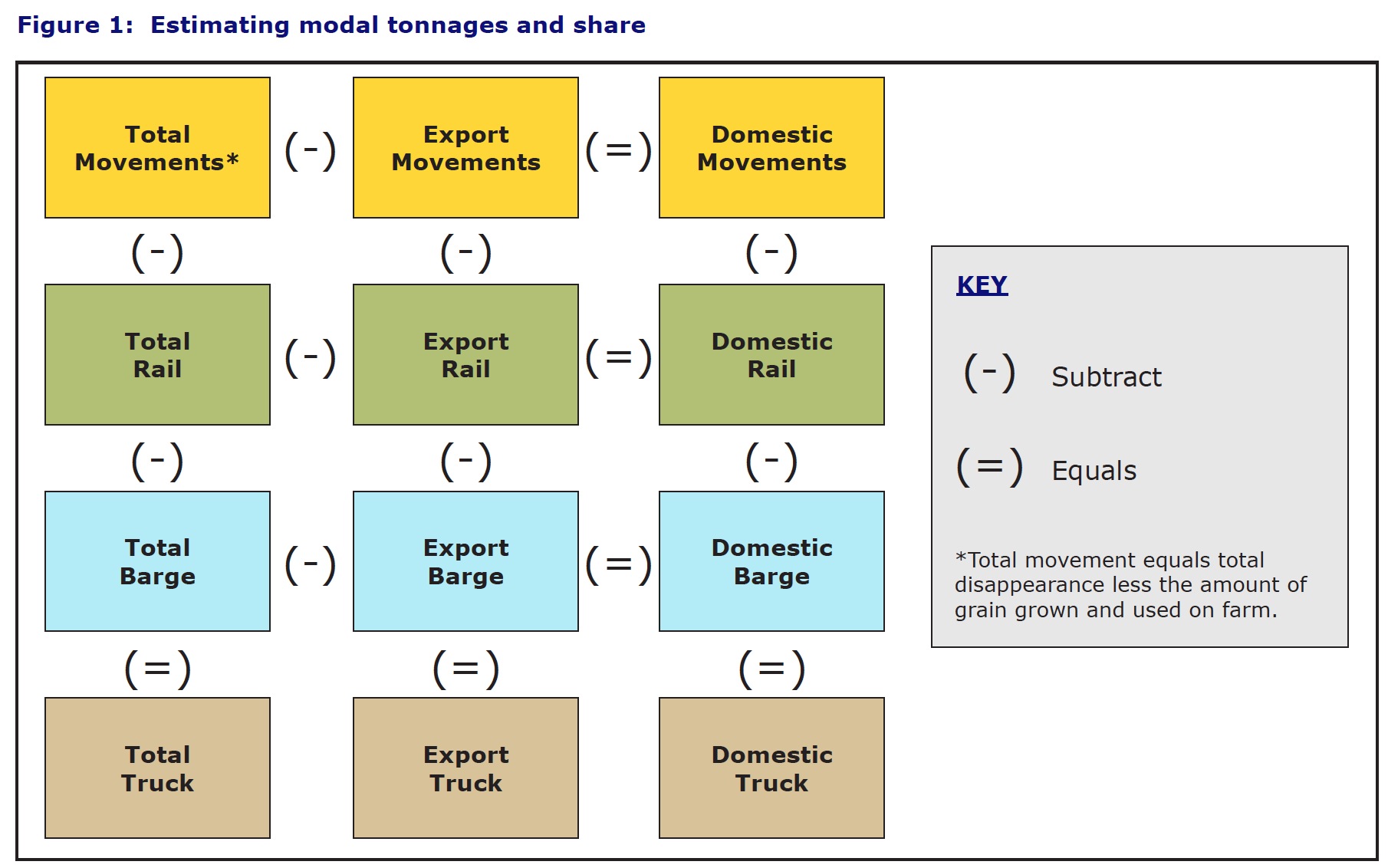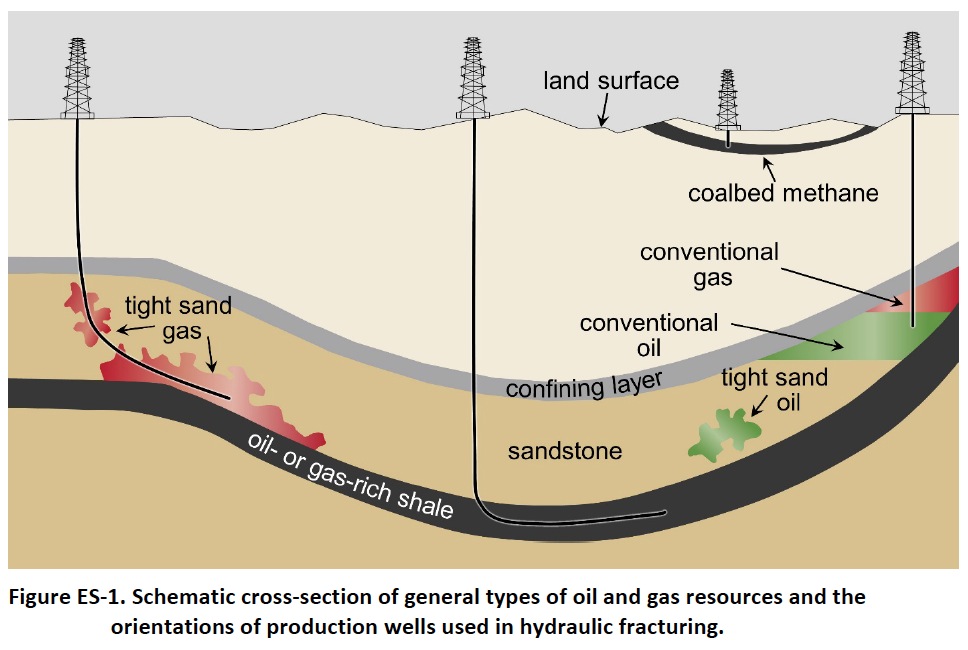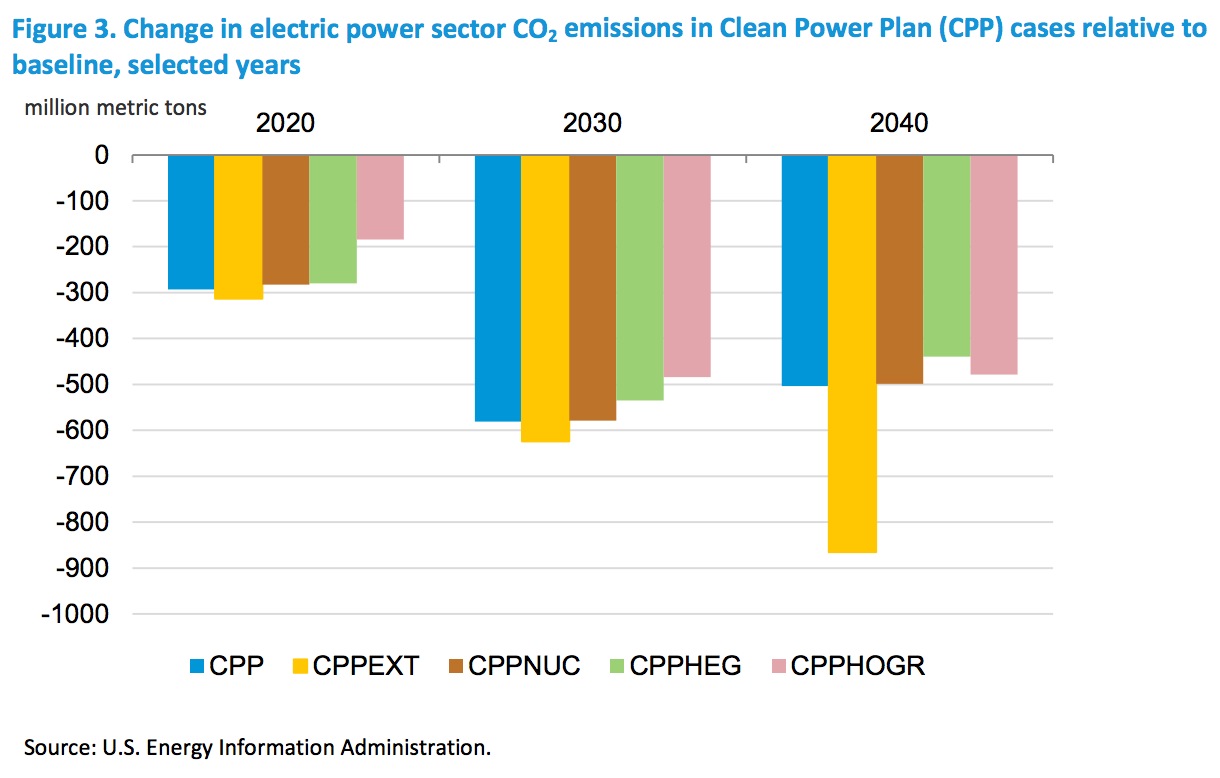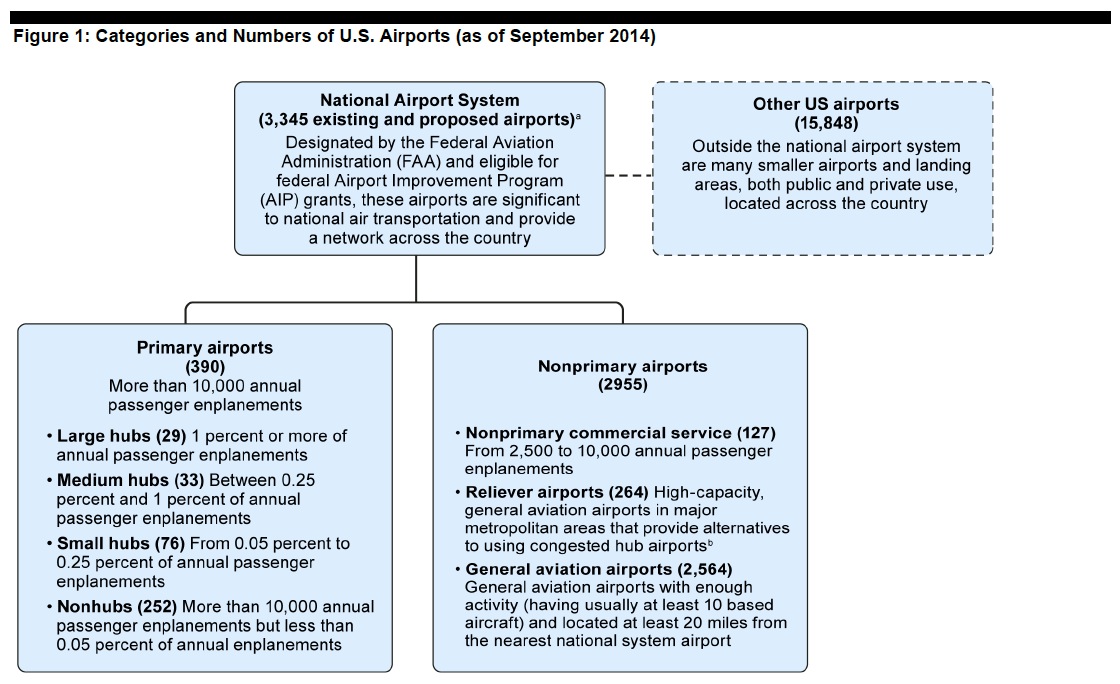
UNITED STATES DEPARTMENT OF AGRICULTURE
The purpose of this analysis is to examine trends in the type of transportation used to move grains grown for the food and feed industry. Grains produced in the United States move to domestic and foreign markets through a well-developed transportation system. Barge, rail, and truck transportation facilitate a highly competitive market that bridges the gap between U.S. grain producers and domestic and foreign consumers.




















 RSS Feed
RSS Feed